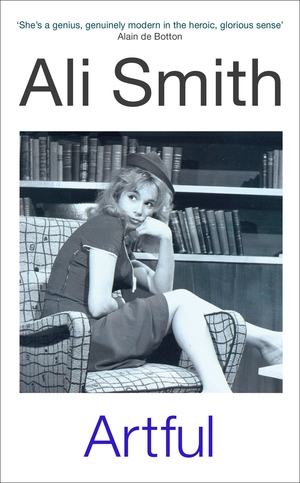Ten of us gathered to discuss The True History of the Kelly Gang by Peter Carey. One member worked on the scarf she’s knitting for her daughter for Christmas. Because of the scarf, she hadn’t finished the book—although her husband had read aloud a portion as she knit. From the book’s sponsor, we learned that Ned Kelly was a real person who really did fabricate for himself and his gang the armor that explains why Australia players donned armor in the recent Olympics. Ned Kelly divides Aussies into those who revere him and those who despise him. Peter Carey, a native Australian, was living in New York when he attended a showing of artwork featuring Kelly. Influenced by the writings of Faulkner, Joyce, and a 58-page account written by Kelly himself, Carey sets out in this novel to tell the story from Ned’s point of view. The author grew up in a region where people talked like Kelly, which may explain his ability to relate almost the entire story in an ungrammatical, yet—most of us felt—lyrical and colorful voice. Our sponsor then played for us a rendering of Mick Jagger singing in the persona of Ned Kelly.
We found Ned’s childhood the most affecting part of the story. In an Oedipal element, he bears some responsibility at the age of 12 for his father’s death, and he forges such a strong bond with his mother, Ellen, that others accuse him of acting as though he were her lover. Ellen, is a strong and well-drawn character, who helps and hurts her son in equal measure. From her, he learns the old Irish stories. Family love and loyalty persist in the onslaught of prejudice, governmental injustice, and the pursuit by crooked men of the beautiful but what we would today label woefully codependent Ellen.
In his devotion to family, his work ethic, and his skills, Ned has the makings of an upstanding citizen. Because his mother apprentices him in his early teens to a robber, however, his short life consists instead of aiding and abetting, serving prison sentences, committing murder, living on the run, robbing banks, and hanging by the neck until dead. Knowing this fate from the beginning doesn’t ruin the novel’s suspense. There are plenty of twists and much humor in this dark tale—and much noble behavior on the part of outlaws.
Our discussion turned to the “outlaws” in our own country and around the world, some of whom have had no more opportunity than Ned Kelly to live respectable lives. At evening’s end, a couple of members noted that the knitter wasn’t make much progress and, given the rapid approach of Christmas, suggested a faster method. The knitter explained, however, that since this was the only way she knew, she would just have to carry on as she had begun. Sort of like poor Ned Kelly.
B.B.













 Summer read recommendations will be posted.
Summer read recommendations will be posted.


